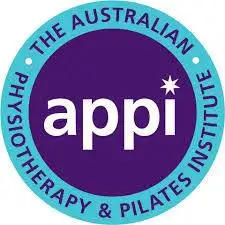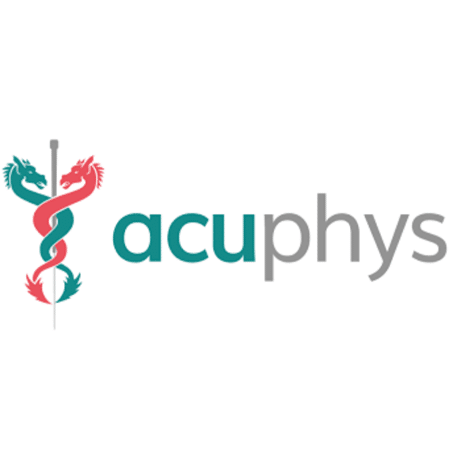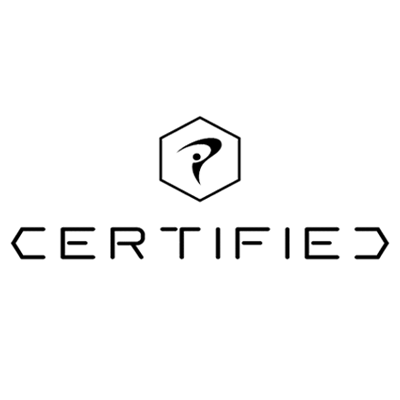Osteoarthritis
What is it?
Osteoarthritis (OA) is a condition that affects up to 8.5 million people in the UK and is a condition in which the joints of our body become painful.
The onset of OA occurs in people aged 40 and over, with this increasing the older we get. OA is referred to as a ‘wear and tear’ disease but actually this isn’t the case with the vast majority of OA being attributed to genetics. There are exceptions to this, such as if you fracture a bone or damage ligaments around a joint you may be more susceptible to developing OA.
The most common joints affected are:
Knee
Hip
Lumbar spine (low back)
Cervical spine (neck)
Big toe (Hallux rigidus)
Ankle
Shoulder
Wrist
Fingers
How it might show up in your life?
You begin to feel stiff and sore in the morning or when getting up after a rest
Everyday tasks get harder, like walking, housework or doing the shopping
Activities like gardening are a struggle as kneeling and bending is painful
Sports/hobbies like walking, running, golf or tennis become difficult
Using regular painkillers and resting more often
Where you might feel pain?
Usually in the joint that is affected (knee for example)
Pain can also radiate away from the joint that is affected (hip can refer pain to the knee)
How it might feel?
Feeling of stiffness
Sore in the mornings and when getting up after a rest
Begins to ease as you get moving
Constant or intermittent (comes and goes)
Joint may feel hot, inflamed and look thickened
Pain is usually dull and throbbing but can be sharp
Why do I get Osteoarthritis?
Let’s take the knee joint as an example. A joint is where two bones meet. The knee joint is where the thigh bone (femur) meets the shin bone (Tibia).
The ends of each bone are covered and protected by articular cartilage, which is a smooth, shiny material that helps to provide shock absorption and aid fluid movement of the knee.
In an arthritic joint this cartilage is eroded away until the ends of the bone are exposed and come into contact with each other. This pressure causes nerve endings that live on the bone to become sensitive and painful.
Overtime the pressure results in bony spurs forming, which roughens the joint, making movement more painful.
The main issue with this process is that it forces us to move less because when we do, we experience more pain. As a result, we end up making the issue worse.
The knee joint (like many others) is a synovial joint and in order to stay healthy and function well, it needs to be hydrated with nutrients. It does this through movement and a clever mechanism of pressure and release, which acts to draw nutrients into the joint.
So hopefully it is clear that by avoiding movement and being static, we can actually make the problem and pain worse.
How do we treat Osteoarthritis Pain?
1) Assess
First we listen to you and take a detailed history of your pain and problem. Then we assess your body and painful joint using simple movement tests and screens.
We then explain your likely diagnosis and proposed treatment plan of exactly what we need to do to get you better.
2) Mobilise
Soft tissue massage and mobilisation
Joint mobilisation
Acupuncture and Dry Needling
Muscle Energy Techniques
Taping
Advice around lifestyle, posture and ergonomics.
3) Strengthen
4) Optimise
How do I get started?
Like to speak to someone first?
No problem, please call the main desk and if needed we can have a physio call you back to discuss your specific situation.
Testimonials
What Our Clients Say
 Paul Scrafton2023-09-21Physio linked to additional stretches/exercises and Pilates at JL Physiofit have improved my core strength and flexibility.
Paul Scrafton2023-09-21Physio linked to additional stretches/exercises and Pilates at JL Physiofit have improved my core strength and flexibility. Rebecca Lowes2023-09-18Michael helped me with leg pain leading up to my first half marathon. I ended up running the whole distance with no pain and was able to enjoy the experience by taking his advice and getting treatment the week before the big run. Would recommend to anyone.
Rebecca Lowes2023-09-18Michael helped me with leg pain leading up to my first half marathon. I ended up running the whole distance with no pain and was able to enjoy the experience by taking his advice and getting treatment the week before the big run. Would recommend to anyone. Neil Taylor2023-09-15Hi , i have had individual physiotherapy by Bev for my back and feet (plantar fascia )and have subsequently been able to join a beginners Pilate class run by Bev . The class is demanding , enjoyable and appropriate to my physical capability.
Neil Taylor2023-09-15Hi , i have had individual physiotherapy by Bev for my back and feet (plantar fascia )and have subsequently been able to join a beginners Pilate class run by Bev . The class is demanding , enjoyable and appropriate to my physical capability. Alison Bailey2023-09-15I thoroughly enjoyed my Pilates class this morning. I found my teacher to be very thorough, aware of each pupils ability and very encouraging. Highly recommended. Thank you .
Alison Bailey2023-09-15I thoroughly enjoyed my Pilates class this morning. I found my teacher to be very thorough, aware of each pupils ability and very encouraging. Highly recommended. Thank you . Sharon Oldroyd2023-09-15Started treatment in September 2022 after hospital appointments with consultant and scans on my left knee. I booked to see Michael as I was having major pain/grinding noise and unable to do exercise or even walk up/down the stairs properly. He assessed my mobility and strength and developed a tailored, gradual rehab program that has helped me to build strength and confidence in my knee as well as helping me slowly get back into exercising. It's made a vast difference working with Michael as I'm not an easy person to work with and always push myself too far. All my exercises were shared via email and accessible via an app. Now I'm exercising 5 times a week, spinning, strength, cardio, HIIT, rowing and running (I can finally use my home gym). Thank you for your patience and understanding my needs. Would highly recommend Michael and JL PhysioFit.
Sharon Oldroyd2023-09-15Started treatment in September 2022 after hospital appointments with consultant and scans on my left knee. I booked to see Michael as I was having major pain/grinding noise and unable to do exercise or even walk up/down the stairs properly. He assessed my mobility and strength and developed a tailored, gradual rehab program that has helped me to build strength and confidence in my knee as well as helping me slowly get back into exercising. It's made a vast difference working with Michael as I'm not an easy person to work with and always push myself too far. All my exercises were shared via email and accessible via an app. Now I'm exercising 5 times a week, spinning, strength, cardio, HIIT, rowing and running (I can finally use my home gym). Thank you for your patience and understanding my needs. Would highly recommend Michael and JL PhysioFit. Diana Robertson2023-08-26I am really enjoying beginners Pilates and feel like I have made good progress. The trainers are very good and it is a positive low-key atmosphere and everyone is friendly and welcoming.
Diana Robertson2023-08-26I am really enjoying beginners Pilates and feel like I have made good progress. The trainers are very good and it is a positive low-key atmosphere and everyone is friendly and welcoming. Julie Tough2023-08-24Enjoying this physio type class, definitely feeling the benefit.
Julie Tough2023-08-24Enjoying this physio type class, definitely feeling the benefit. Moira Luccock2023-08-23Good class today with Michael. Well taught by Michael with options to suit our abilities. Stretching so feel I have progressed. Light hearted banter too - what more could you want! Moira
Moira Luccock2023-08-23Good class today with Michael. Well taught by Michael with options to suit our abilities. Stretching so feel I have progressed. Light hearted banter too - what more could you want! Moira Lesley Hughes2023-08-22Good team that listen to what clients have to say before doing each Pilates class, so if you have a niggle they work with it. Exercises are testing but doable, even if at the time you are not sure about it, and if you can't then they come up with a variation for you to do. Friendly classes and staff.
Lesley Hughes2023-08-22Good team that listen to what clients have to say before doing each Pilates class, so if you have a niggle they work with it. Exercises are testing but doable, even if at the time you are not sure about it, and if you can't then they come up with a variation for you to do. Friendly classes and staff. Nick Winslow2023-08-17I attend pilates regularly and cannot overstate how much I value the advice ,motivation,and fun this provides.There is a real rewarding sense of progression.JL himself is my usual instructor ,but the entire team have an infectious enthusiasm that fosters self improvement.Google rating score: 5.0 of 5, based on 149 reviews
Nick Winslow2023-08-17I attend pilates regularly and cannot overstate how much I value the advice ,motivation,and fun this provides.There is a real rewarding sense of progression.JL himself is my usual instructor ,but the entire team have an infectious enthusiasm that fosters self improvement.Google rating score: 5.0 of 5, based on 149 reviews





